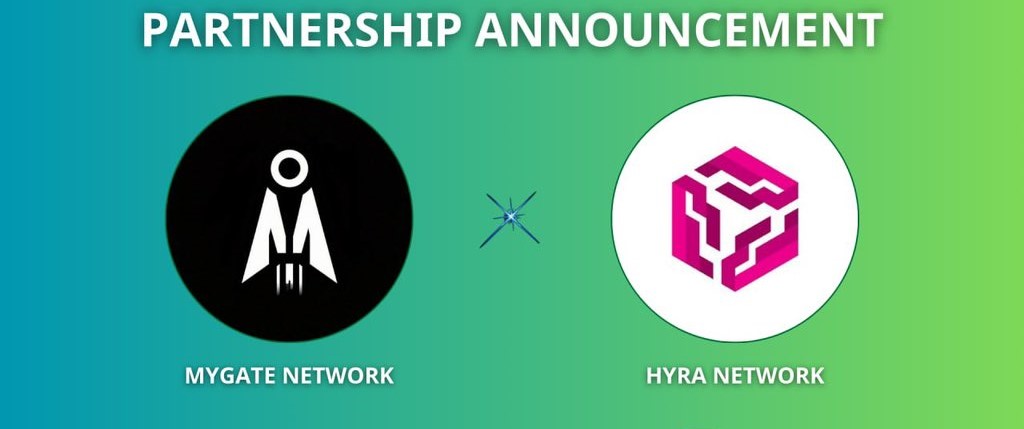
Introduction to Airdrops
Definition
Crypto Airdrops 2025 are reshaping the blockchain space by providing free tokens to users’ wallets. This allocation is frequently employed as a marketing tactic by blockchain initiatives to enhance visibility and user engagement.

Historical Context and Evolution
The idea of a project arose during the initial phases of cryptocurrency, with projects such as Bitcoin forks distributing tokens to current Bitcoin holders. Gradually, airdrops transformed into advanced tactics utilized by decentralized organizations to expand their user base and motivate interaction.
Importance in the Cryptocurrency Ecosystem
Airdrops are vital in introducing fresh projects, promoting community involvement, and enabling the redistribution of tokens to encourage decentralization.
Types of Airdrops
1. Free Token Distribution: Users are awarded tokens at no cost, usually as a marketing strategy to generate interest.
2. Eligibility and Claiming Process: Certain airdrops necessitate users to fulfill specific conditions, such as possessing a certain cryptocurrency or completing tasks.
3. Common Use Cases and Examples: Instances comprise of Uniswap’s token airdrop to its users and Stellar’s token distribution to advance adoption.
B. Bounty
1. Task-Based Distribution: Users acquire tokens by performing tasks like sharing social media posts, creating content, or testing applications.
2. Popular Platforms for Bounty Airdrops: Platforms such as Bitcointalk and Gleam frequently organize bounty campaigns.
3. Evaluation Criteria for Tasks: Tasks are assessed based on their quality, relevance, and engagement metrics.
C. Holder
1. Snapshot-Based Distribution: Tokens are allocated to holders based on a snapshot of their wallet balances at a designated time.
2. Impact on Token Prices: Airdrops can cause short-term price fluctuations but may also improve long-term stability by enhancing token distribution.
3. Strategic Importance for Projects: Holder airdrops reward dedicated users and assist projects in maintaining community interest.
Mechanics
A. Technical Framework
1. Blockchain Integration: Airdrops utilize blockchain technology for clear and irreversible token distribution.
2. Smart Contracts: Role and Function: Smart contracts streamline the distribution process, ensuring precision and security.
3. Security Considerations: Projects must establish strong measures to avert hacks and deceitful claims.
B. User Engagement
1. How Users Discover Airdrops: Airdrops are frequently advertised on social media, dedicated forums, and airdrop aggregator websites.
2. User Experience in Claiming Airdrops: Simplified claiming procedures boost participation and user satisfaction.
3. Social Media’s Role in Airdrop Promotion: Platforms such as Twitter and Telegram are prominently utilized to raise awareness and engage communities.
C. Regulatory Considerations
1. Legal Framework Surrounding Airdrops: Airdrops must adhere to local regulations, including anti-money laundering (AML) and know-your-customer (KYC) laws.
2. Tax Implications for Receivers: Recipients may be obligated to declare airdropped tokens as taxable income, depending on jurisdiction.
3. Compliance Issues for Projects: Projects must maneuver through diverse regulatory environments to avert legal complications.
Most Reliable Airdrop of 2025
A. Advantages for Users
1. Potential Financial Gains: Users may benefit financially by holding or trading the received tokens.
2. Access to New Projects: Airdrops afford early access to groundbreaking blockchain solutions.
3. Community Building Opportunities: They promote community involvement and loyalty.
B. Challenges for Users
1. Scams and Fraudulent Airdrops: Users need to validate the authenticity of airdrops to evade phishing scams.
2. Market Volatility Related to Airdrops: Token values can experience considerable fluctuations post-distribution.
3. Information Overload and Spam: The plethora of airdrop campaigns can inundate users.
C. Projects’ Perspective
1. Cost-Effective Marketing Strategy: Airdrops serve as a low-cost approach to engage a broad audience.
2. Building an Initial User Base: They draw users and encourage testing of new platforms.
3. Challenges in Execution and Delivery: Ensuring smooth distribution while circumventing technical issues can be complicated.
Top Decentralized Airdrops: Current and Trending Airdrops
A. Trends Influencing Airdrop Strategies
1. Adoption of Layer 2 Solutions: Layer 2 technologies diminish transaction costs, rendering airdrops more effective.
2. Evolving Regulatory Landscape: Compliance with regulations is influencing how projects craft airdrop campaigns.
3. Technological Innovations: Progress in blockchain scalability and security is refining airdrop mechanics.
B. Predictions for Upcoming Airdrops
1. Shifts in User Participation Habits: Heightened awareness may result in more discerning participation.
2. Integration with Decentralized Finance (DeFi): Airdrops linked to DeFi projects are anticipated to expand.
3. Airdrops in Cross-Chain Environments: Cross-chain compatibility will facilitate broader token distribution.
C. Best Practices for Users and Projects
1. Conducting Due Diligence: Users ought to investigate projects to avert scams.
2. Establishing Clear Communication: Clarity in guidelines and timelines fosters trust.
3. Long-Term Versus Short-Term Strategies: Projects should align airdrops with their long-term objectives.
Conclusion
Recap of Key Points
Airdrops are an essential mechanism within the cryptocurrency ecosystem, providing advantages to users and projects while presenting distinct challenges.
Final Thoughts on Airdrop Applications
As blockchain technology progresses, airdrops will continue to evolve, presenting new opportunities for creativity and involvement.
Call to Action for Users and Developers
Users should remain informed and vigilant, while developers need to emphasize transparency, security, and compliance to enhance the efficiency of airdrop campaigns.
Frequently Asked Questions (FAQs)
A. What is the main purpose of airdrops?
Airdrops seek to promote blockchain projects, allocate tokens, and engage communities.
B. How can I identify legitimate airdrops?
Legitimate airdrops are typically connected with reputable projects and require minimal personal information.
C. Are airdrops profitable?
Airdrops have the potential to be profitable, but users should assess the project’s viability and token utility.
D. What do I need to participate in an airdrop?
Participants generally require a cryptocurrency wallet and may have to satisfy certain eligibility criteria.
E. How do airdrops affect the market?
Airdrops can alter market dynamics by boosting token circulation and enhancing community engagement.





